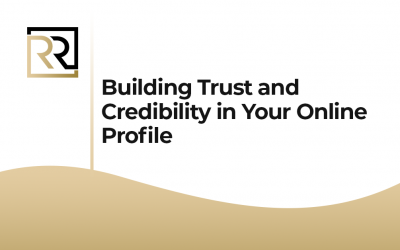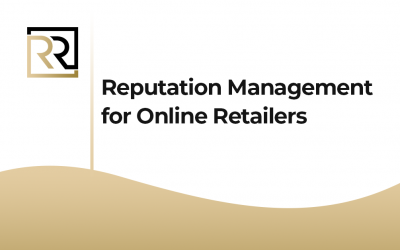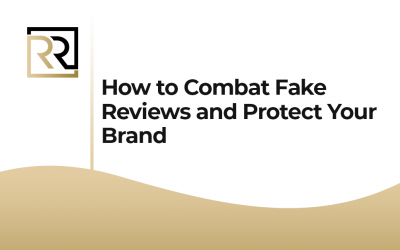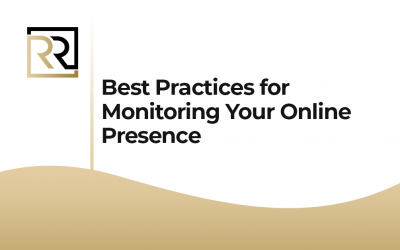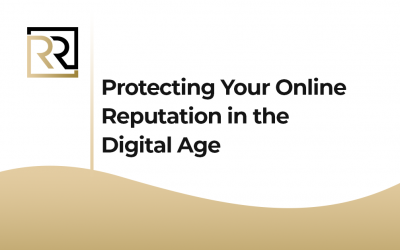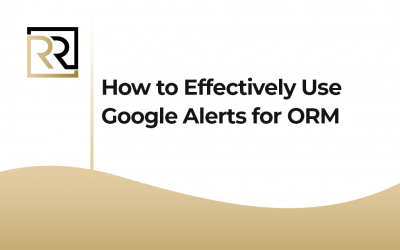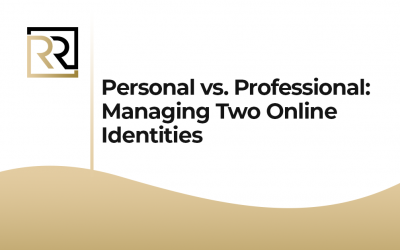Apology for Reputation Recovery
First of all, in the digital age, where information travels at the speed of a click, the way a business or individual responds to mistakes or negative incidents, can make or break their online reputation. Crafting the perfect apology is not just an art; it’s a strategic move towards reputation recovery. Therefore, in this guide, we’ll explore the elements of a compelling apology and provide insights on how to rebuild trust and credibility in the aftermath of a reputational setback, taking care of corporate reputation management .
Apology for Reputation Recovery examples:
The Power of an Authentic Apology
- Acknowledgment of Mistakes: Ultimately, the first step in crafting a perfect apology is acknowledging the mistakes made. Whether it’s a product issue, a service lapse, or an internal error, openly admitting and taking responsibility for the error is crucial. Denying or downplaying the situation can exacerbate the damage to your reputation.
- Expressing Genuine Remorse: A sincere apology is rooted in genuine remorse. Clearly convey that you understand the impact of your actions or oversights on your customers, clients, or stakeholders. Expressing empathy helps humanize your brand, and showcases your commitment to rectifying the situation.
- Transparency in Communication: Transparency is key in reputation recovery. Clearly communicate the facts surrounding the incident, the steps being taken to address the issue, and any preventive measures being implemented to avoid a recurrence. This openness builds trust and demonstrates a commitment to accountability.
- Taking Swift Corrective Action: Words alone are not enough; actions speak louder. Outline the immediate steps being taken to rectify the situation and prevent similar issues in the future. Whether it’s offering refunds, improving processes, or implementing new quality controls, swift corrective action is essential for reputation recovery.
- Learning and Improvement: For example, use the apology as an opportunity for learning and improvement. In fact, demonstrate that you are taking the incident seriously by outlining the lessons learned, and also the changes being made to prevent similar situations in the future. In truth, this commitment to continuous improvement can rebuild confidence in your brand.
Apology for Reputation Recovery:
The Structure of a Perfect Apology
- Initiate with a Clear Statement: Begin your apology with a clear and concise statement acknowledging the mistake. In detail, avoid vague language or deflecting responsibility. For instance, clearly state that you are aware of the issue, and are addressing it head-on. Example: “We want to sincerely apologize for the recent incident that has caused inconvenience to our valued customers.”
- Express Genuine Regret: In the same manner, follow the acknowledgment with an expression of genuine regret. Also, use empathetic language to convey your understanding of the impact the situation has had on those affected. Example: “We deeply regret any frustration or disappointment this may have caused, and we understand the importance of rectifying the situation promptly.”
- Provide an Explanation: To begin with, offer a transparent and honest explanation of the circumstances surrounding the incident. Avoid placing blame elsewhere; instead, focus on providing a clear understanding of what went wrong. Example: “Due to an unforeseen technical glitch, some customers experienced delays in accessing our services. Therefore, we take full responsibility for this lapse in our systems.”
- Outline Corrective Actions: With this in mind, clearly communicate the steps being taken to address the issue and prevent it from happening again. This demonstrates your commitment to resolving the problem and instills confidence in your audience. Example: “We are actively working to resolve the technical glitch, and we have also implemented additional measures to enhance our systems’ reliability and performance.”
- Express Commitment to Improvement: Ultimately, emphasize your commitment to learning from the incident and making ongoing improvements. This can include investing in better technologies, enhancing training programs, or implementing new quality control measures. Example: “We are committed to learning from this experience and continuously improving our systems to provide a seamless and reliable experience for our customers.”
- Offer Amends or Compensation: Accordingly, depending on the nature of the incident, consider offering amends or compensation to those affected. This can be in the form of refunds, discounts, or additional services, demonstrating your commitment to making things right. Example: “To express our sincere apologies, we are offering a 20% discount on future purchases for those affected by the inconvenience.”
- Close with a Positive Note: Finally, conclude the apology on a positive note by expressing gratitude for the understanding and patience of your customers or stakeholders. Reinforce your commitment to providing an improved and reliable experience in the future. Example: “Thank you for your understanding and patience as we work diligently to resolve this matter. In the same way, we remain dedicated to delivering the high-quality service you deserve.”
Strategies for Effective Apology Distribution and for Reputation Recovery
- Timely Communication: As a consequence, time is of the essence when it comes to reputation recovery. Apologize as soon as possible after the incident comes to light. Prompt communication demonstrates your commitment to addressing the issue promptly.
- Utilize Multiple Channels: Furthermore, distribute your apology through various channels to ensure broad reach. Utilize social media, email, press releases, and your official website to communicate the apology. Also, tailor the message to suit each platform while maintaining a consistent tone.
- Direct Engagement: In addition to official statements, consider directly engaging with affected individuals through personalized messages. Therefore, respond to comments on social media, reply to emails, and address concerns directly. This personalized approach humanizes your brand, and reinforces your commitment to resolution.
- Monitor Feedback and Adjust: Actively monitor the response to your apology. Moreover, pay attention to feedback on social media, review platforms, and other channels. Use this feedback to make necessary adjustments to your corrective actions and communication strategy.
- Long-Term Follow-Up: Ultimately, rebuilding trust takes time. Implement a long-term follow-up strategy to keep stakeholders informed about the progress of corrective actions and improvements. Regular updates reinforce your commitment to transparency and improvement.
Conclusion: Apology for Reputation Recovery
Finally, crafting the perfect apology is not just about admitting fault; it’s a strategic move towards reputation recovery. Equally important, acknowledge any mistakes. Express genuine remorse, be transparent, take swift corrective action, and commit to learning and improvement, businesses can navigate reputational setbacks effectively. The structure of a perfect apology, coupled with strategies for effective distribution, ensures that the message resonates with the audience, paving the way for trust and credibility to be rebuilt. What’s more, in the world of online reputation management, a well-crafted apology is not just a response; it’s a powerful tool for redemption and growth.
Services
Our Services
Search Engine Content Removal
Social Media Content Removal
Positive Content Creation
Online Reviews Optimization
Search Results Optimization
Learn
Our Blog
Building Trust and Credibility in Your Online Profile
Building Trust and Credibility in Your Online Profile Further, in the digital age, establishing trust and credibility in your online profile is paramount for personal and professional...
Reputation Management for Online Retailers
Reputation Management for Online Retailers Further, in the fast-paced world of e-commerce, building and maintaining a positive online reputation is paramount to success. Thus, with countless...
How to Combat Fake Reviews and Protect Your Brand
How to Combat Fake Reviews and Protect Your Brand Wondering how to Combat Fake Reviews? In general, in the digital age, online reviews wield tremendous influence over consumer purchasing...
Best Practices for Monitoring Your Online Presence
Monitoring Online Presence In today's hyperconnected world, monitoring online presence plays a pivotal role in shaping your personal and professional reputation. Starting from social media...
The Connection Between SEO and Online Reputation
SEO and Online Reputation Further, in the digital realm, where visibility and credibility reign supreme, the relationship between search engine optimization (SEO) and online reputation...
Protecting Your Online Reputation in the Digital Age
Protecting Your Online Reputation In an era dominated by digital interactions and virtual connections, protecting your online reputation holds immense significance. Whether you're an...
The Power of Positive Online Branding for Entrepreneurs
The Power of Positive Online Branding for Entrepreneurs The Power of Positive Online Branding, in the dynamic world of entrepreneurship, establishing a strong online brand presence is not...
How to Effectively Use Google Alerts for ORM
How to Effectively Use Google Alerts for ORM Use Google Alerts for ORM, in today's digital landscape, maintaining a positive online reputation is essential for individuals and businesses...
Personal vs. Professional: Managing Two Online Identities
Online Identities - Navigating Personal and Professional Spheres in the Digital Realm In the digital age, where our lives seamlessly intertwine with online platforms, the question of managing...



